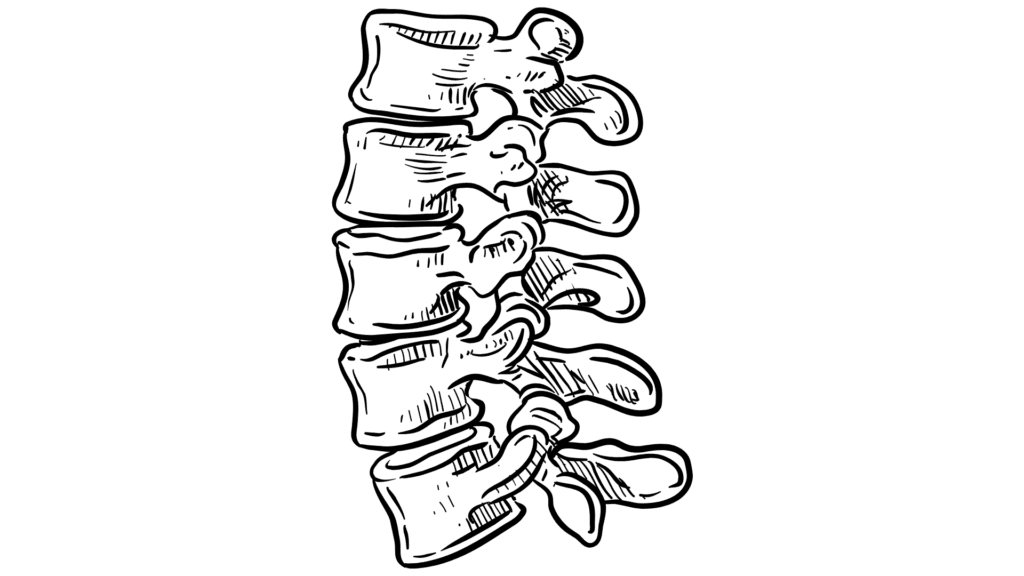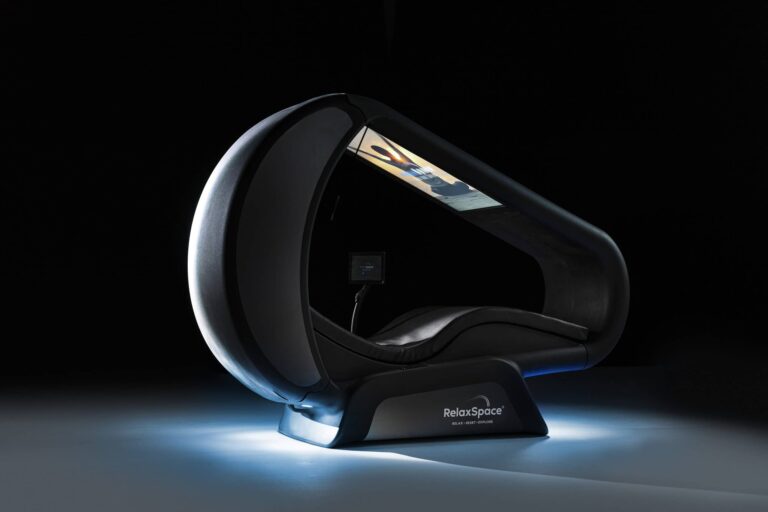4 Ways to Manage and Improve Scoliosis

Scoliosis is a 3D spinal deformity where the spine curves sideways, with vertebral rotation. Affecting millions worldwide, adolescent idiopathic scoliosis (AIS) is the most common type. Unlike the natural curves of the spine, which help with balance and weight distribution, scoliosis creates an “S” or “C” shape when viewed from behind.
This can cause uneven hips or shoulders, back pain, visible rib prominence, reduced lung capacity, and an emotional impact on self-esteem. Managing scoliosis is tough because of its complexity and the need for personalized treatment, especially during growth spurts. But here are four ways to manage it more effectively.
1. Scoliosis-Specific exercises
Understanding how exercise helps scoliosis is important for addressing the 3D nature of spinal deformities. In fact scoliosis specific exercise (SSE) can slow down curve progression and improve the quality of life for people with this condition.
The main SSE methods are the Schroth method and the Scientific Exercise Approach to Scoliosis (SEAS). The Schroth method developed by Katharina Schroth is based on rotational breathing and postural correction specific to each patient’s curve. SEAS is based on active self-correction and spinal stabilization.
The choice of exercise approach depends on many things. The severity of the curve, patient age and skeletal maturity are often considered first. For mild to moderate curves (Cobb angle 10 to 30 degrees) SSE can be very effective in stopping progression and improving posture.
SSE works by strengthening the muscles around the spine, improving posture and body awareness. They aim to de-rotate, elongate and stabilize the spine in 3D. Regular practice can lead to better breathing mechanics, less pain, and improved function. But please note that exercises alone may not be enough for severe curves or rapidly progressing scoliosis.
In severe cases bracing or surgery may be necessary. Moreover, patients should expect gradual progress over time with exercises. In fact, SSE results vary from person to person. Consistency, proper technique, and early intervention matter a great deal. Nevertheless, there may be a 10 degree reduction in Cobb angle in adolescents with idiopathic scoliosis after a structured SSE program.
When doing SSE you should work with a certified therapist who has experience in scoliosis management. They can individualize the exercise to your curve and monitor progress over time. Remember, regular follow-ups and adjustments to the exercise program will improve success rates.
2. Bracing
Bracing is a mainstay in the conservative management of scoliosis, especially for adolescents with progressive curves. This non-invasive approach aims to stop the curve from progressing during periods of rapid growth and potentially prevent surgery.
Modern braces are designed to apply forces to the spine in a more focused manner to encourage the spine to grow in alignment. The most common forms of braces are the Boston brace, Rigo-Cheneau brace, and Cheneau brace, all with unique designs but basically applying corrective forces to the spine.
However, compliance may be difficult since most teenagers are concerned about their looks and comfort. Newer designs are available to make things easier, though. Night-time bracing, for example, such as the Charleston bending brace, allows full-time correction while minimizing daytime wear. These developments bring better compliance among patients and ultimately improve the outcomes of treatments.
Bracing is most effective at the phase of rapid growth. After skeletal maturity is reached, the possibility of correcting curves through braces decreases drastically. Therefore, the need for timely intervention and follow-up is also necessary for achieving successful results in bracing.
3. Chiropractic care
Chiropractic care is becoming a common complementary approach to scoliosis management. It can’t fix scoliosis but can help with pain, mobility, and overall spinal health. Chiropractors who specialize in scoliosis use various techniques to address spinal misalignments and muscle imbalances associated with the condition. This may include spinal adjustments, soft tissue therapy, and postural retraining exercises.
One of the main aims of chiropractic care in scoliosis management is to improve spinal function and reduce pain. By releasing joint restrictions and muscle tension chiropractors can improve overall spinal mobility and reduce stress on surrounding tissues. However, chiropractic care is a complementary approach not a standalone treatment for scoliosis. It’s best used in conjunction with other conservative management strategies like SSE and bracing.
When looking for chiropractic care for scoliosis make sure to choose a practitioner who has specific training and experience in scoliosis management. They should work with your orthopedic specialist or scoliosis therapist to get a holistic approach to your care.
4. Nutritional support
Nutrition is of paramount importance for overall spinal health and scoliosis. A balanced diet with the right nutrients will support bone health and reduce inflammation. For example, calcium and vitamin D help with bone density and strength. This is especially important for scoliosis as bone health directly affects spinal stability. Dairy, leafy greens and fortified plant-based milk alternatives are high in calcium and vitamin D. You can also get plenty of vitamin D from sunlight and foods like egg yolks, fatty fish, and fortified cereals.
Omega-3s in fish, flaxseeds and walnuts have anti-inflammatory properties that may help reduce pain and discomfort from scoliosis. Antioxidant-rich foods like dark leafy greens, berries and colorful vegetables can support overall tissue health and recovery.
Similarly, being at a healthy weight is also important for scoliosis. Excess weight can put extra stress on the spine and trigger curve progression. A balanced diet with regular exercise can help you get and stay at a healthy weight. Remember, nutrition may not be a cure for scoliosis but must always be part of a comprehensive treatment plan to ensure health and wellness.
Final thoughts
It’s not easy to live with scoliosis, but it can always be improved when you have the right attitude, guidance, and effort put into it. Exercises designed for scoliosis and overseen by experts really do make a difference. It surely requires time and patience, but consistent effort will only strengthen your body, minimize discomfort, and improve posture. Remember, you’re not alone in this struggle; there is support available to help you win and live a more positive, energetic, and happy life. Keep your hopes high and try solutions tailored exactly to your unique needs for a healthy life.


